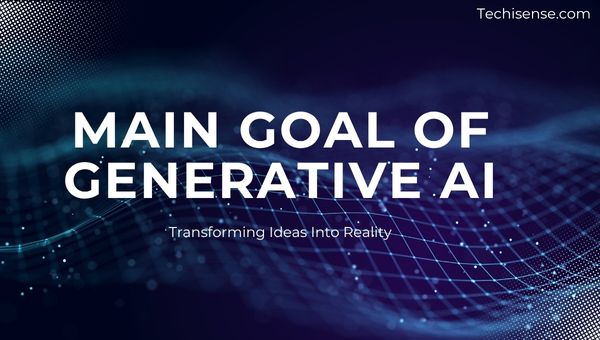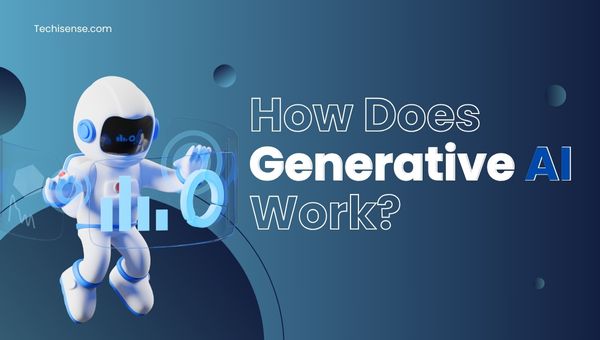
Generative AI has rapidly transformed the landscape of artificial intelligence, moving beyond simple data analysis to the creation of entirely new content that mirrors human ingenuity. As AI continues to evolve, understanding the main goal of generative AI is crucial for businesses, creators, and technologists alike.
This article explores the primary objective of generative AI, its underlying technologies, and its impact across various industries. By the end, you’ll have a clear grasp of how generative AI is reshaping creativity, productivity, and innovation in the digital age.
Generative AI refers to a class of artificial intelligence models designed to produce new, original content based on patterns and information learned from large datasets. Unlike traditional AI, which focuses on recognizing, classifying, or predicting based on existing data.
Generative AI actively creates fresh outputs ranging from text and images to music and code by emulating the creative process.
The main goal of generative AI is to generate new, realistic content that mimics human creativity while maintaining coherence, accuracy, and originality. Rather than replicating existing data, generative AI models learn underlying patterns and use them to produce unique outputs.
This capability allows machines to participate in creative processes, such as writing stories, designing images, composing music, and even simulating human behavior.
Also Read: What is Open Source AI?

Generative AI leverages advanced algorithms and neural networks to analyze massive datasets and recognize complex patterns.
Here’s a brief overview of the key technologies:
By combining these techniques, generative AI can produce outputs that are not only original but also contextually relevant and high quality.
Generative AI is revolutionizing how content is created and consumed. Its main goal is to produce original, high-quality outputs that extend human capabilities and unlock new possibilities for innovation.
Also Read: What Are Tokens in Artificial Intelligence?
Generative AI offers significant benefits, but also presents challenges that organizations and individuals must address.
Pros:
Cons:
Generative AI is set to play a pivotal role in shaping the future of technology and creativity. As models become more sophisticated, their ability to generate lifelike, contextually aware content will continue to improve.
This evolution will drive new forms of expression, streamline business processes, and open up opportunities for personalized experiences in entertainment, education, and beyond.
The main goal of generative AI is to create new, original content that emulates human creativity, driving innovation and enhancing productivity across various domains.
As generative AI continues to advance, it will further blur the lines between human and machine creativity, unlocking unprecedented potential for businesses and individuals alike.